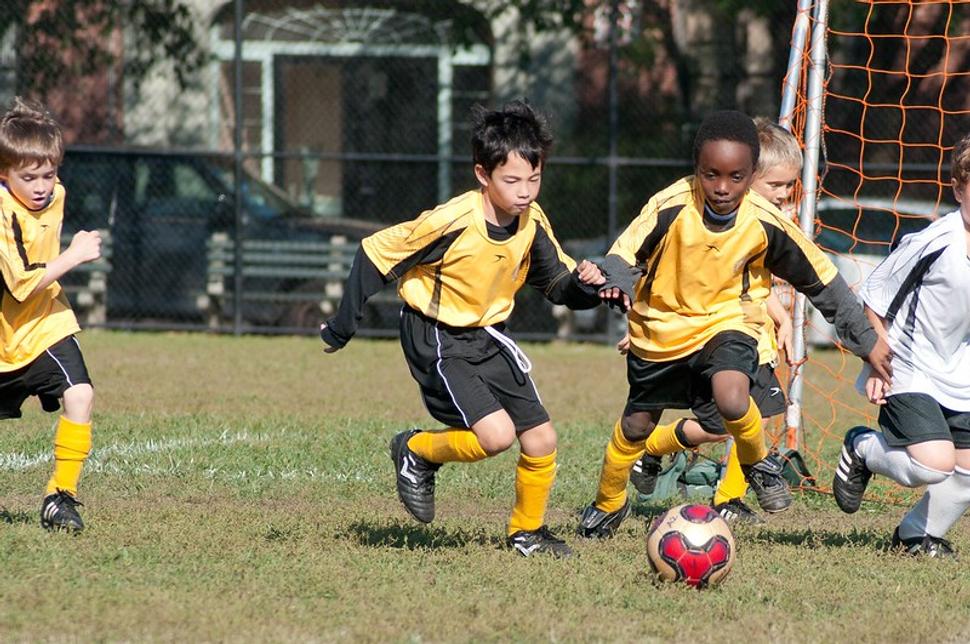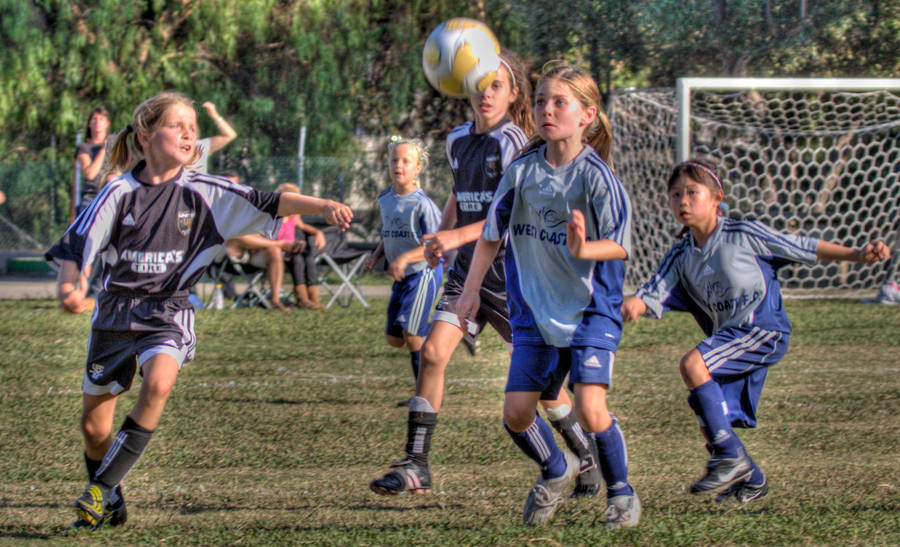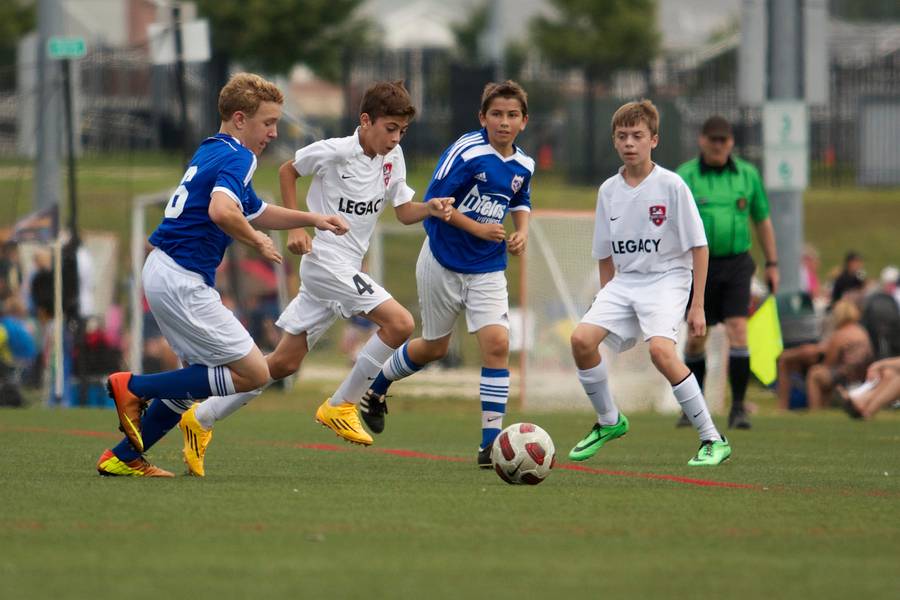
As Grassroots coaches and Managers we often turn up to the game at the weekend following team training in the week, with a clear idea of how we expect the game to go.
Often though the game itself looks nothing like how we expect it to go and the team shape and way of playing can end up very different to what had been planned.

It got me wondering about whether we are being over ambitious at times in what we’re asking our players to do and more widely should Sunday League and other grassroots teams try and play in the same way as the top Premier League teams?
We know that tactics can play an important role in shaping any team's style of play and overall success on the pitch.
From grassroots level to the very top of the game, teams often aspire to emulate the tactical plans of the most successful teams.
Why wouldn’t you? Success leaves clues and it’s only natural to go with what is working at the time.
However, after witnessing so many pale imitations of tactical fads of the day the question arises, is it a good idea for grassroots football teams to adopt the same tactics as a Premier League team?
The attraction of playing like a Premier League team is undeniable for grassroots clubs.
Premier League football is synonymous with fast-paced, possession-based play, intricate passing movements, and fluid attacking football.
Grassroots teams may seek to replicate these tactics in a bid to enhance their performance, attract talented players, and elevate their standing within local football circles.
Yet, attempting to play an advanced style of football without players who possess the requisite technical ability and tactical understanding can be a recipe for disaster.
Premier League teams boast world class players who excel in executing intricate passing combinations, exploiting space, and maintaining possession under extreme pressure.
In contrast, our grassroots players often lack the technical proficiency and game intelligence required to execute this effectively.
The argument may go that the only way for them to get this is by doing it, but are we setting them up to fail in the meantime.
The suitability of possession football as a tactical approach in grassroots football is a subject of debate.
Possession football relies on the ability to retain the ball, control the tempo of the game, and patiently probe the opposition defence for openings.
Do grassroots games really look like this? While possession football can be highly effective when executed by the top players, it can prove challenging for grassroots teams who often turn the ball over cheaply.
We know the grassroots game differs significantly from the top end of the professional game in a range of aspects, including playing surfaces, facilities, and player development pathways.
At grassroots level we’re often contending with horrible, uneven pitches, limited resources, and volunteer coaches, which can impact their ability to adopt and execute tight tactical strategies.
The differences in playing surfaces alone can have a significant bearing on the tactics that should be employed by grassroots teams.
Premier League teams compete on pristine, well-maintained pitches that facilitate quick passing and fluid movement.
Unless you’re regularly playing on 3G pitches it’s likely you’re encountering pitches riddled with uneven patches, bumpy surfaces, and variable conditions, which can hinder the ability of your team to play possession football.
In light of these challenges, it might be wiser to adopt a tactical approach that is more tailored to your strengths and conducive to the environment.
This may involve prioritising fundamentals such as territory, defensive solidity and team shape rather than attempting to replicate the intricate passing
movements and possession based play of Premier League teams.
While the allure of mirroring the tactics of professional clubs may be enticing, grassroots teams should probably adopt a pragmatic approach tailored to your specific circumstances.
A formation that has proven effective in grassroots football that I often go back to is the classic 4-4- 2.
This formation provides a solid defensive foundation while offering versatility in attack.
With four defenders providing stability at the back, four midfielders supporting both defensively and in attack, while two strikers provide a goal threat.
I find the simplicity and adaptability of the 4-4-2 make it well-suited to grassroots teams with limited resources and varying player abilities.
In terms of tactics, simplicity and organisation are often key.
Emphasising doing the basics really well in its own way can yield success even in the absence of elaborate tactical innovations.
With limited training time and resources, I’ve often focused my grassroots teams on mastering fundamental skills and principles that are conducive to this way of playing.
Set plays are often overlooked at grassroots level but offer a valuable opportunity to capitalise on scoring opportunities.
Having a plan at corner kicks, free kicks and throw-ins can yield goals against more technically proficient opponents.
Simple routines, such as near post flick-ons or far post headers can create scoring chances.
Defensively, grassroots teams should prioritise organisation and discipline in the shape.
The basic principles of good distances, compactness, communication and teamwork can frustrate opponents and limit scoring opportunities.
By contrast, one of the biggest challenges for grassroots teams is implementing a pressing game effectively.
High pressing requires high levels of fitness, discipline, and coordination, qualities that may sometimes be lacking in grassroots players due to limited training and conditioning.
As a result, it’s often better for grassroots team to adopt a more selective approach to pressing, focusing on triggering presses in specific situations rather than employing a relentless high press throughout the match.
Additionally, defensive transition and recovering shape poses a significant challenge for grassroots teams, particularly when players struggle with fitness or mobility.
Without the ability to cover ground quickly, grassroots teams can instead rely on compactness and positional discipline to regain defensive shape.
Emphasising defensive organisation and communication can help mitigate the limitations of player fitness and mobility.
These are just some of the challenges we have to deal with as grassroots coaches alongside a focus on player development, skill acquisition, and tactical awareness for players.
Providing players with a solid foundation in basic techniques, decision-making, and positional play can definitely empower them to compete effectively and enjoy the game, irrespective of the tactical approach adopted by the team.
Ultimately, while it is admirable for grassroots teams to aspire to play like Premier League teams, it is essential to recognise the unique challenges and limitations you face.
Rather than striving to emulate the tactics of the top clubs, grassroots teams should perhaps instead focus on developing a tactical approach that maximises your strengths, aids player development, and promotes enjoyment and participation.
















